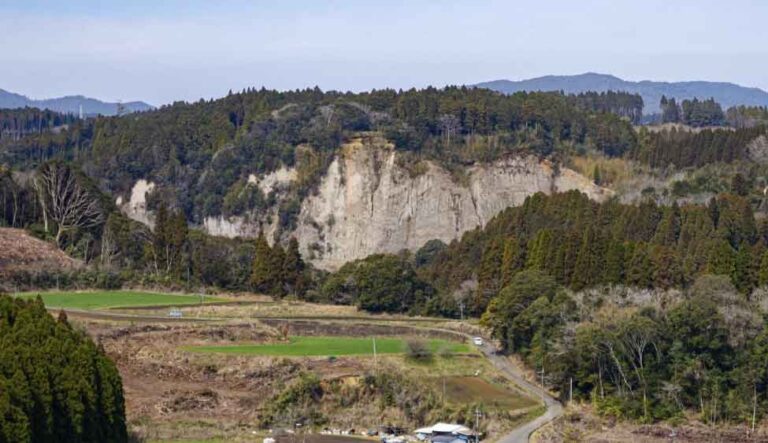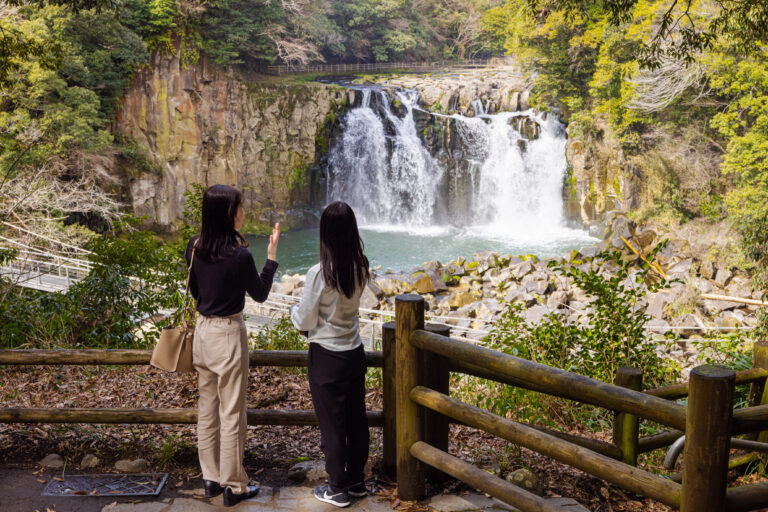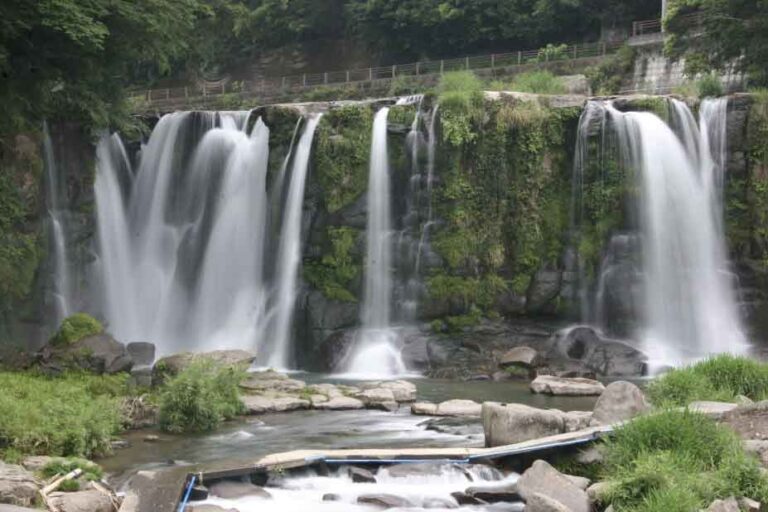Kirishima Geopark is an area centered on the Kirishima Mountains, which is a group of more than 20 active volcanoes lying on top of each other. Other than the Kirishima Mountains, there are also a variety of volcanic landforms to visit in the surrounding area, including multiple calderas and Shirasu plateaus.
Volcanic activities not only create landforms, but also various natural environments and ecosystems, and blessings such as hot springs and spring water.
Volcanoes have also influenced lifestyle and culture at the foot of the mountains. The influence of volcanoes can be seen in the stone culture and belief in volcanoes (shrines, etc.) that remain in various areas, as well as in the food culture of the region, including local specialties such as imo-jochu (sweet potato shochu) and tea.
A place where you can think about “what is a volcano” and experience the way of life and the culture of people who have lived at the foot of an active volcano, that is what Kirishima Geopark.

Caldera
A landform formed during an eruption, when a large amount of magma that had accumulated underground erupted all at once, causing the ground to plunge and sink into the hollowed-out beneath. A caldera eruption is a massive eruption of a magnitude such that once it occurs, it can destroy the surrounding civilization, and such eruptions occur once every few tens of thousands of years in Southern Kyushu.
Shirasu
The accumulation of large pyroclastic flows (a phenomenon in which volcanic ash, pumice, hot gasses, etc. flow in unison) that erupted during caldera eruptions. Shirasu is a folk name in Southern Kyushu and generally refers to the Ito Pyroclastic Flow deposit that erupted from the Aira Caldera about 30,000 years ago. A Shirasu plateau is the landform formed after a pyroclastic flow deposit that filled plains and valleys has been eroded.
Landscapes Brought About by Massive Eruptions

Cliff formed by Ito Pyroclastic Flow deposit (Miyakonojo City)
When a caldera erupts, an enormous amount of pyroclastic flow erupts and fills the surrounding land. Pyroclastic flow deposits can melt and harder again under their own heat and weight, forming a hard rock called ignimbrite.
In Kirishima Geopark, you can visit many waterfalls and ravines formed by the erosion of such rocks over a long period of time.

Sekinoo Falls
This waterfall cascades over the pyroclastic flow deposit (ignimbrite) of Kakuto Caldera from about 340,000 years ago. Upstream, there are a group of potholes designated as a national natural monument.

Mizonokuchi Cave
A cave in the cliff of the pyroclastic flow deposits of Aira Caldera from about 30,000 years ago. The ceiling of the cave is made up of hard welded portions, while underground water scraped the softer portion (non-welded portion) below to form the cave.

Sanren Todoro Falls
As the name suggests, it is a series of consecutive waterfalls flowing over the pyroclastic deposits (ignimbrite) of the Kakuto Caldera from about 340,000 years ago. Many potholes can be seen in the surrounding area.

Kirihara Falls
A waterfall cascading over the pyroclastic deposits (ignimbrite) of the Kakuto Caldera from about 340,000 years ago, with a group of potholes upstream. The surrounding area is called Okawahara Gorge, which also has facilities such as campgrounds.